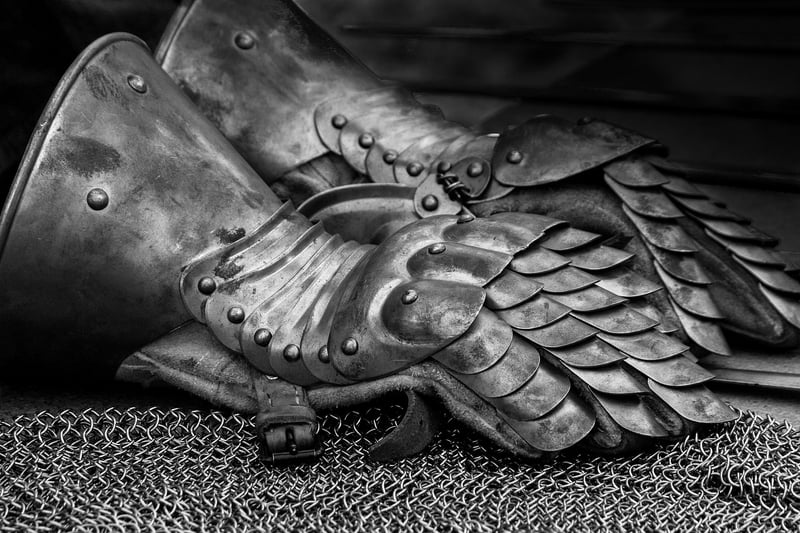Medieval Times
Exploring Different Time Periods: Medieval Times
Embark on a journey through history and discover the fascinating world of Medieval Times. This era, spanning from the 5th to the 15th century, was a time of knights, castles, and epic battles.
Key Aspects of Medieval Times
Medieval Times was characterized by feudalism, chivalry, and the rise of powerful kingdoms and empires. Here are some key aspects of this intriguing period:
- Knights and Chivalry
- Castles and Fortifications
- Feudal System
- The Black Death
- The Crusades
Knights and Chivalry
Knights were noble warriors who swore allegiance to their lord and fought for honor and glory. They followed a code of chivalry, emphasizing virtues such as bravery, loyalty, and courtesy.
Castles and Fortifications
Castles were fortresses built to protect the ruling class and their subjects. These imposing structures served as both residences and defensive strongholds, with features like moats, drawbridges, and battlements.
Feudal System
The feudal system was a social hierarchy where land was granted in exchange for loyalty and military service. Kings ruled over lords, who oversaw knights, peasants, and serfs, creating a complex network of obligations and duties.
The Black Death
The Black Death, also known as the Bubonic Plague, was a devastating pandemic that swept through Europe in the 14th century, causing widespread death and societal upheaval.
The Crusades
The Crusades were a series of religious wars fought between Christians and Muslims for control of the Holy Land. These military campaigns had far-reaching political, economic, and cultural impacts on Medieval Europe.
Experience Medieval Times Today
Step back in time and immerse yourself in the sights and sounds of Medieval Times by visiting historical sites, museums, and reenactments. Witness jousting tournaments, explore ancient castles, and learn about the legends and lore of this captivating period.

Uncover the mysteries of Medieval Times and discover a world filled with valor, intrigue, and adventure.
References: History.com
